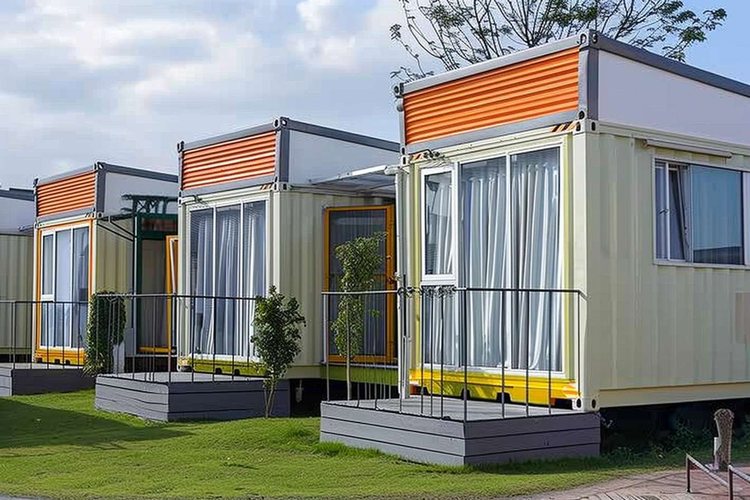What You Need to Know About Prefabricated Homes
Prefabricated homes have emerged as a popular housing solution, offering a unique blend of affordability, efficiency, and customization. These innovative structures are built off-site in controlled factory environments and then transported to their final location for assembly. As the housing market continues to evolve, prefab homes are gaining traction among diverse demographics, from first-time homebuyers to retirees seeking comfortable living spaces.

How do prefabricated homes differ from traditional construction?
Prefabricated homes, also known as prefab or modular homes, are manufactured in sections within a factory setting. This approach contrasts sharply with traditional on-site construction methods. The controlled environment allows for precise engineering, reduced waste, and faster production times. Once completed, these sections are transported to the building site and assembled, often in a matter of days or weeks, rather than the months typically required for conventional home construction.
What are the key benefits of choosing a prefabricated home?
One of the primary advantages of prefab homes is their cost-effectiveness. The streamlined manufacturing process and reduced on-site labor often result in lower overall costs compared to traditional construction. Additionally, prefab homes offer quicker completion times, allowing homeowners to move in sooner. The factory-controlled environment also ensures consistent quality and reduced exposure to weather-related delays or damage during construction.
Are prefabricated homes customizable to individual needs?
Contrary to common misconceptions, modern prefab homes offer a high degree of customization. Buyers can often choose from a variety of floor plans, finishes, and architectural styles to suit their preferences and lifestyle needs. Many manufacturers provide options for eco-friendly materials and energy-efficient systems, allowing homeowners to create sustainable living spaces tailored to their specifications.
How do prefabricated homes address the needs of senior living?
Prefabricated homes have become an increasingly attractive option for seniors looking for comfortable and accessible living spaces. These homes can be easily designed with senior-friendly features such as wider doorways, walk-in showers, and single-level layouts. The quick construction process also minimizes disruption, making it an ideal choice for those looking to downsize or move closer to family members. Additionally, the potential for lower maintenance requirements can be particularly appealing to older adults seeking a more manageable living situation.
What are the environmental implications of prefabricated homes?
Prefab homes often boast a smaller environmental footprint compared to traditional construction methods. The factory-based production process typically results in less waste and more efficient use of materials. Many prefab manufacturers also incorporate sustainable building practices and materials, such as recycled content and energy-efficient systems. The reduced on-site construction time can also minimize disruption to the surrounding environment.
What are the cost considerations for prefabricated homes?
When considering a prefabricated home, it’s important to understand the various cost factors involved. While prefab homes generally offer cost savings compared to traditional construction, prices can vary widely based on factors such as size, customization, and location.
| Home Type | Average Cost Range | Key Factors Affecting Price |
|---|---|---|
| Small Prefab | $30,000 - $100,000 | Size, materials, location |
| Mid-Size Prefab | $100,000 - $300,000 | Customization, finishes, site prep |
| Luxury Prefab | $300,000+ | High-end materials, complex designs |
Prices, rates, or cost estimates mentioned in this article are based on the latest available information but may change over time. Independent research is advised before making financial decisions.
It’s important to note that while the base cost of a prefab home may be lower, additional expenses such as land purchase, site preparation, utility connections, and local permits should be factored into the overall budget. Some prefab home manufacturers offer turnkey solutions that include these additional costs, while others may require separate contractors for site work and finishing.
In conclusion, prefabricated homes offer a compelling alternative to traditional construction, providing quick, affordable, and customizable housing solutions. With benefits ranging from cost-effectiveness to environmental sustainability, prefab homes are well-suited to meet the diverse needs of modern homebuyers, including seniors seeking comfortable living spaces. As the housing industry continues to innovate, prefabricated homes are likely to play an increasingly significant role in shaping the future of residential construction.




